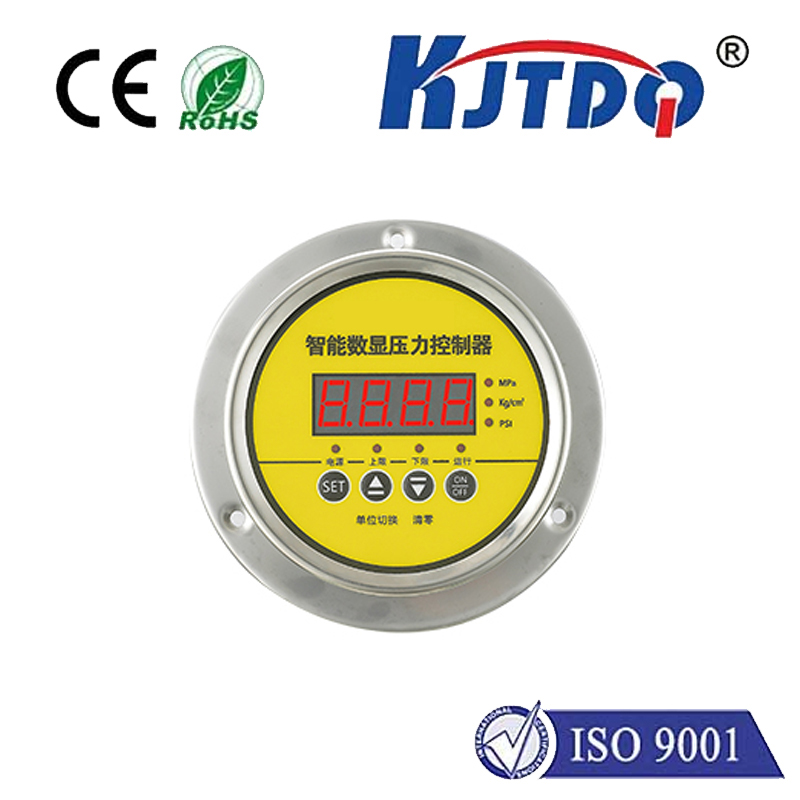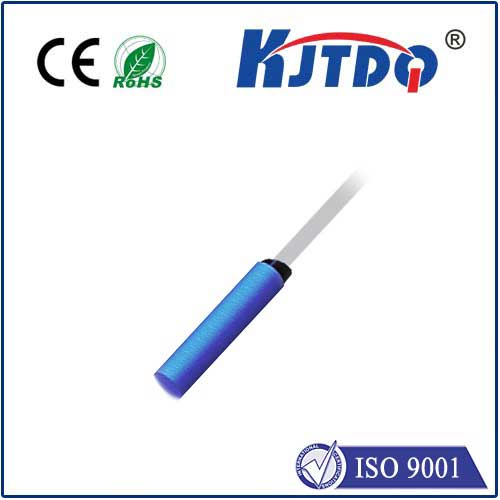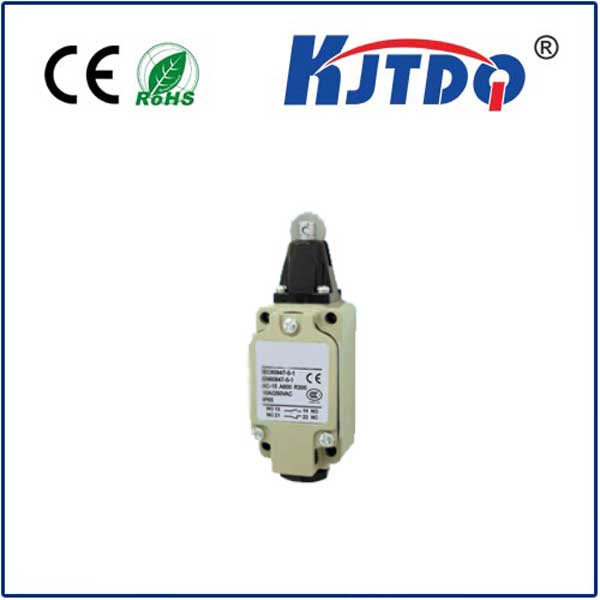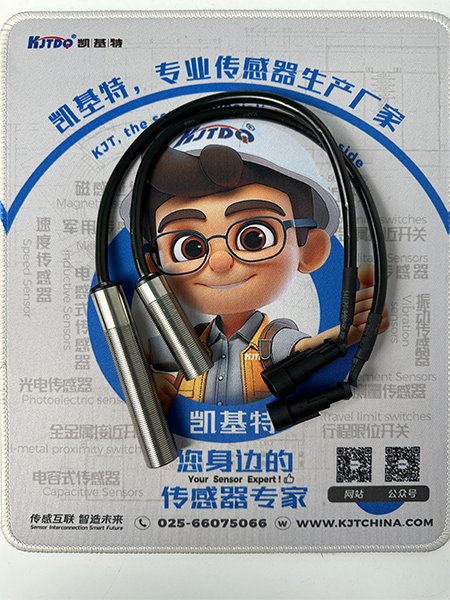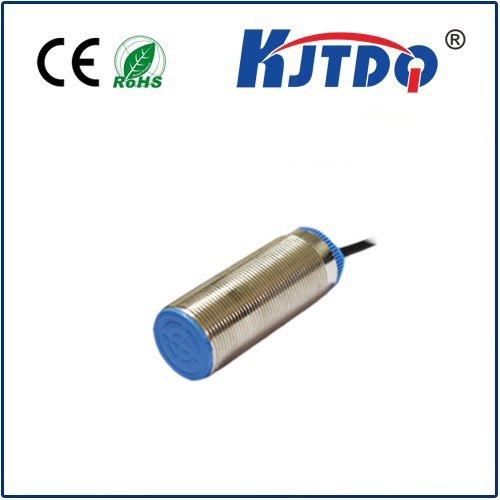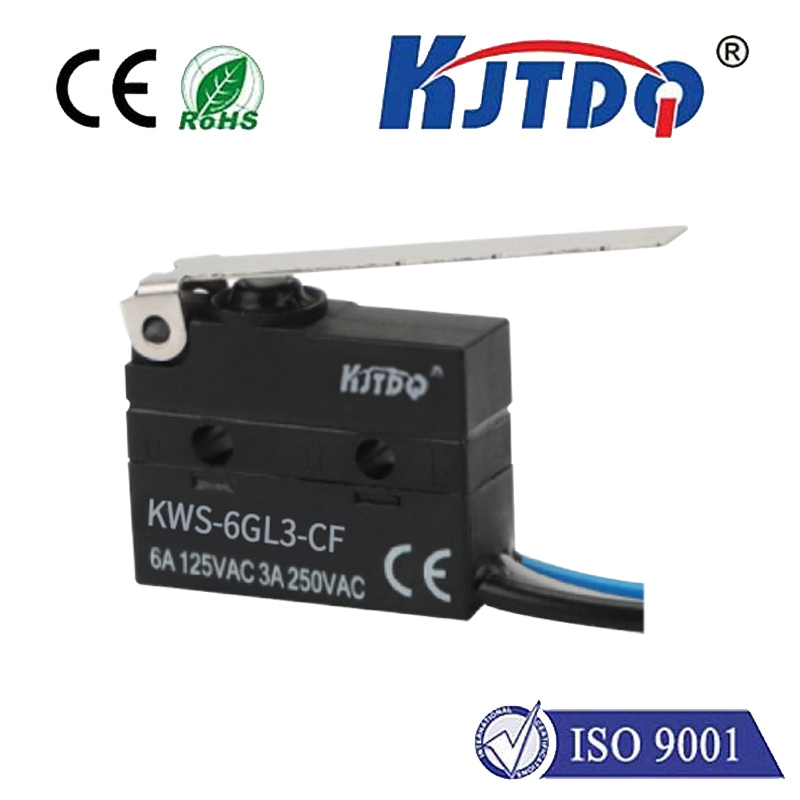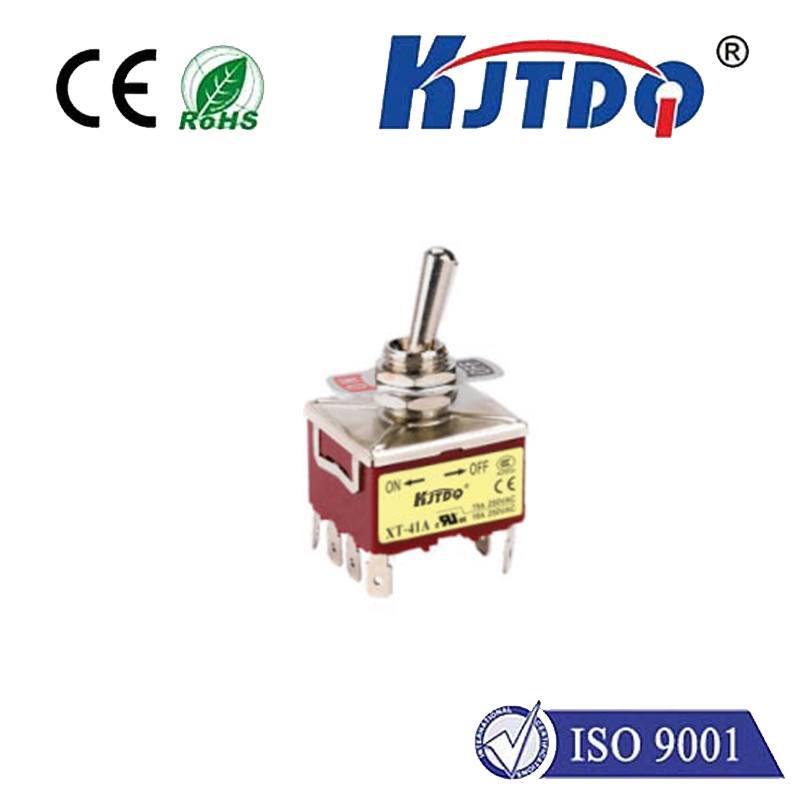

Imagine you’re an engineer working late on a factory floor, staring at a complex automation system. The manual is in English, and you keep stumbling over terms like “photoelectric switch.” What does it mean? How do you use it correctly in professional settings? If you’ve ever felt lost in translation, this guide is for you. As industries globalize, mastering the English terminology for photoelectric switches—a cornerstone of sensor technology—isn’t just helpful; it’s essential for seamless operations. In this article, I’ll demystify the English vocabulary, practical expressions, and real-world applications of photoelectric switches, drawing from my experience in automation engineering. By the end, you’ll speak the language fluently, boosting your efficiency and confidence.
First off, let’s clarify what a photoelectric switch is. Essentially, it’s a sensor that detects objects, distances, or changes in light using a beam of light. Think of it as an “invisible eye” in industrial setups—when something interrupts the light path, it triggers a response, like stopping a conveyor belt or counting products. In English, the term photoelectric switch is the standard name, but it’s often shortened to photoelectric sensor or light sensor in casual contexts. This device is pivotal in automation because it offers non-contact detection, reducing wear and tear compared to mechanical switches. For instance, in packaging lines, a photoelectric switch ensures boxes are aligned before sealing, preventing costly errors. Understanding this basic definition is the foundation; now, let’s dive into the English nuances.
When discussing photoelectric switches in English, the key terminology revolves around their types and functions. The core term photoelectric switch encompasses several variants, each with specific English expressions. For example, a retro-reflective sensor uses a reflector to bounce light back, ideal for long-range detection in warehouses. In contrast, a diffuse-reflective sensor relies on the object itself to reflect light, perfect for close-proximity tasks like sorting small parts. Don’t confuse these with through-beam sensors, where the emitter and receiver are separate units—this setup excels in high-precision environments like semiconductor manufacturing. To sound natural in English, pair these terms with action verbs: “Install the photoelectric switch to detect obstructions” or “Calibrate the diffuse sensor for reliable readings.” This vocabulary isn’t just jargon; it’s the language of efficiency in global tech discussions.
Now, why does English matter so much for photoelectric switches? In today’s interconnected world, English is the lingua franca of engineering and trade. Whether you’re reading datasheets, collaborating on international projects, or troubleshooting via video calls, using the correct terms avoids misunderstandings. For instance, a common phrase like “adjust the sensing range” refers to tuning how far the switch detects objects, while “check for ambient light interference” highlights environmental factors that can cause false triggers. I recall a project where misinterpreting “NPN output” (a common output type) led to wiring errors—costing hours of downtime. To prevent such pitfalls, memorize key phrases: “Verify the photoelectric switch’s response time” or “Ensure EMI shielding for stability.” These expressions are gold in reports or emails, making your communication crisp and professional.
Beyond terminology, let’s explore real-world applications through English scenarios. In logistics, photoelectric switches monitor conveyor belts; you might say, “The photoelectric sensor counts packages as they pass, triggering alarms for jams.” In smart homes, they enhance security systems, like “A light barrier detects intruders by breaking the beam.” For maintenance, English manuals emphasize troubleshooting steps: “If the switch fails to detect, inspect for dirt buildup or misalignment.” To integrate this into your workflow, practice with simulations—e.g., role-play a client call: “We recommend a retro-reflective photoelectric switch for your assembly line to improve accuracy.” This hands-on approach builds fluency, turning abstract terms into actionable tools.
Of course, learning this vocabulary isn’t just about memorization; it’s about context. In English, photoelectric switches often appear in phrases with modifiers, like “high-speed photoelectric sensor for robotics” or “IP-rated switch for harsh environments.” Avoid common pitfalls, such as mixing up “photoelectric” with “proximity sensor”—the latter uses magnetic fields, not light. Resources like IEEE journals or manufacturer sites (e.g., Omron or SICK) offer authentic examples, but always adapt them to your needs. For instance, when writing a specification, use: “The photoelectric switch must have a 10ms response time and NPN output.” This precision ensures clarity in bids or documentation.
Wrapping up, embracing the English language for photoelectric switches unlocks global opportunities. Start by labeling components in your workspace or joining online forums like Reddit’s r/PLC to practice. With consistent effort, terms like photoelectric switch, sensing range, and output configuration will roll off your tongue, making you a more versatile professional. Remember, in the fast-paced world of automation, clear communication is as vital as the technology itself.

